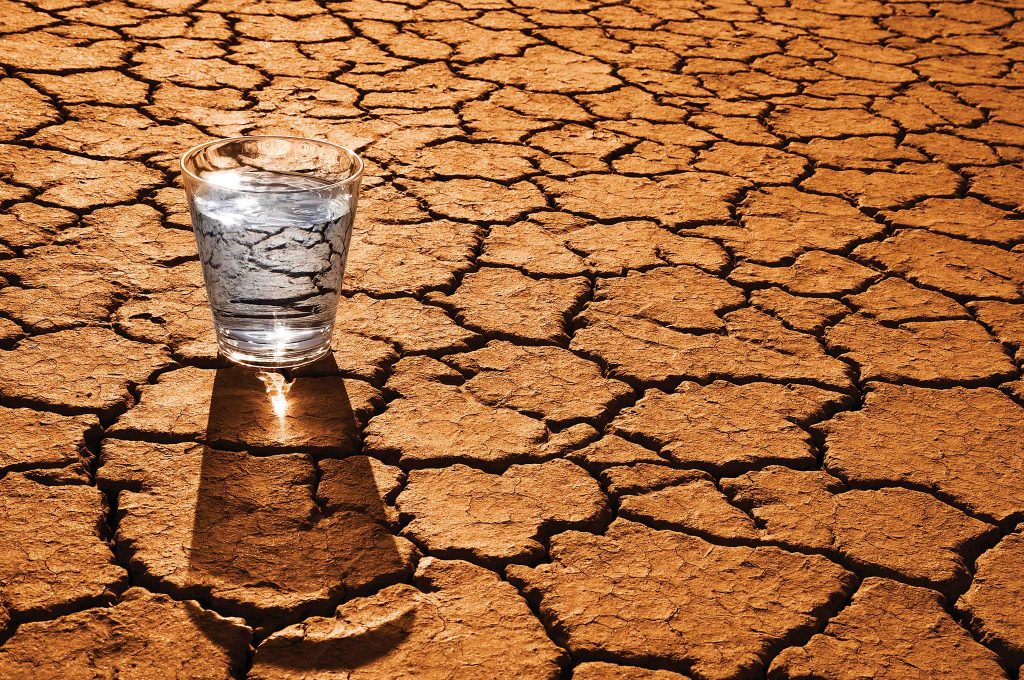Very few people have been in situations where access to water was limited. Sure, maybe they had a plumbing problem or municipal supplies may have been disrupted for a short period of time, but few have been in a position where rationing for long periods of time was necessary. Consequently, it can be hard to appreciate the challenges associated with adapting in order to conserve resources.
We Waste a Lot
The average person uses around a hundred gallons of water per day under normal circumstances. That may seem like a lot, but every little bit adds up. Showers, laundry, washing hands, doing dishes, brushing teeth, cooking, drinking, washing vehicles and watering plants and gardens are just a few common examples that illustrate how easily it to go through gallons and gallons of water during normal activities. We also waste the majority of water that we use as well.
In a survival situation, every drop of water will count for something, and conserving water will be one of the most important things that we do. However, despite our best plans, the actual shock of being forced to adapt can be one of the most-difficult things to contend with. Keep in mind that emergency agencies recommend that people live on as little as a couple of gallons of water per day during a crisis. That’s not a lot when we consider how this amount accounts for everything from drinking to cooking or sanitation.
Do More With Less
Conservation isn’t a difficult process, and the easiest way to start is by reducing waste. Don’t let the tap run while brushing your teeth or washing your face in the sink. Turn off the shower as you lather up. Don’t flush the toilet after each use. You’ll be amazed with how easily it can be to curb consumption by half simply by taking these and other basic steps.
The next step is to find ways to curb usage even further, and the possibilities are endless. Collect rainwater, use grey water for non-potable purposes. Don’t take baths. Before you know it, you’ll be using less than 10 gallons of water per day per person. It may take a little bit of getting used to, but chances are that you’ll start appreciating the value of water more as well.
Once you’ve adapted to reducing waste, the next step is to get used to living on a minimal amount for a specified period of time. This will mean different things for different people, but going through this exercise is a great way to get a sense of how much water you really need and what you need to do in order to limit consumption. How long can you go without bathing? How will rationing influence what you cook and eat? How would injuries and first aid impact supplies? Do you have enough water for basic sanitation?
Chances are that you’ll discover that you need a lot more water than the government recommends. You’ll also probably end up making some modifications to your preps in order to minimize waste and conserve resources further. The goal is to not only get used to living with minimal water, but ensuring that you have enough in your stockpile to meet your basic needs.
Seriously consider putting your skills and expectations to the test. It may be a challenge, but it will put you in a much-better position when it comes to contending with a real-world crisis.
